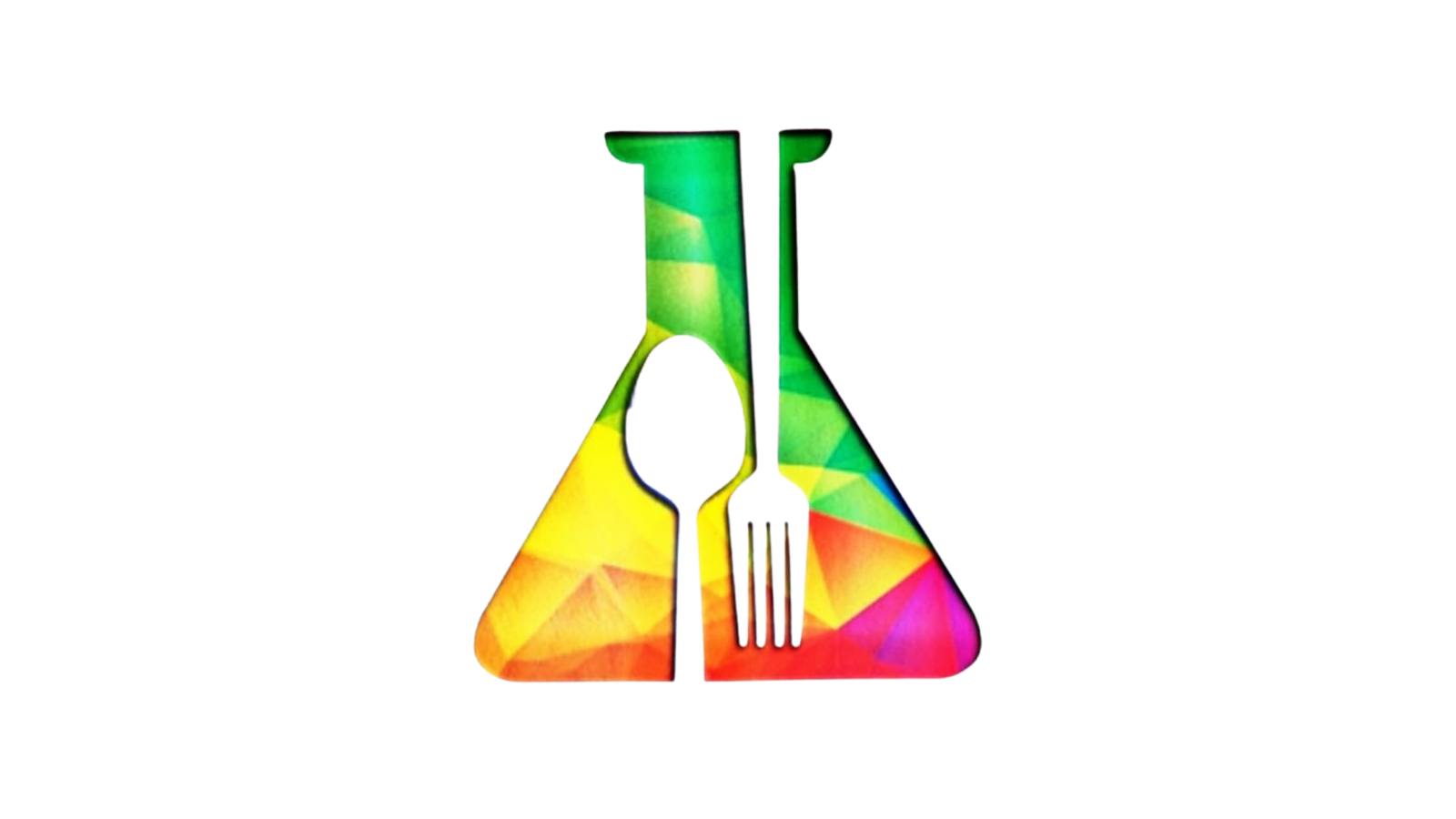Q. The feathers accounts of ________ % weight of poultry
- 3.5
- 4
- 6
- 9
Answer: c)
Feathers are a byproduct of broiler, turkey and other poultry processing operations. Feathers represent 3-7% weight of the live bird, therefore producing a considerable mass of protein.
Q. __________ in-organic preservative used in fruits and vegetables products
- Benzoic acid
- Sugar
- Sulphur dioxide
- Salicylic acid
Answer: c)
Sulfur dioxide and sulfites are perhaps the most important inorganic chemical preservatives. Sulfites are more effective against molds than against yeasts and are widely used in the preservation of fruits and vegetables. Sulfur compounds are extensively used in wine making and, as in most other instances when this preservative is used, much care has to be exercised to keep the concentrations low in order to avoid undesirable effects on flavour.
Q. Which of the following is/are cryogens
- Liquid Co2
- Liquid nitrogen
- Dry ice
- All of the options
Answer: d)
Cryogenic temperatures are most easily achieved and maintained with the aid of liquefied gases, or cryogens, the most commonly used being nitrogen and helium. They may be liquefied on site or may be purchased as liquid.
Q. Egg should be stored at the relative humidity of
- 70 to 80%
- 80 to 85%
- 90%
- 95%
Answer: a)
Fertile eggs should be stored at 70 to 80 percent relative humidity. High humidity can cause con- densation to form on the eggshell. This can clog the pores on the eggshell and cause contamination the same way washing does.
Q. Quick air blast freezing are frozen at the temperature of ____________C
- -5
- -25
- -40
- -196
Answer: c)
Standard freezers are usually kept at 0 ° C, blast freezing operates at an air temperature of -30 ° C to -40 ° C. Compared to the 6-12 hours it may take for a normal freezer to freeze food, the much colder temperature in a blast freezer decreases the freezing process to a time of approximately 3 hours.
Advantages of using a blast freezer
- Blast freezing locks the nutritional value, flavour, texture and colour of the food it preserves
- The physical appearance of food is protected from damage and dehydration by an ice skin that is formed on the surface as a result of blast freezing
- Blast freezing ensures that food is safe for consumption as it prevents the growth of micro-organisms
- Food that has been blast frozen keeps its structure and quality
- Risk of contamination is low as blast freezers contain different compartments for different foods
- Blast freezing can benefit chefs as they enable the storage of large quantities of produce, which is ideal for preserving batches of leftovers and reducing food wastage.




